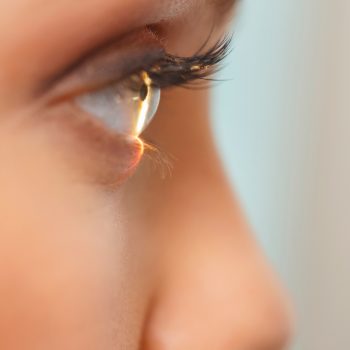Seeing correctly is the first condition for child learning. Vision plays a key role in the child’s learning process, as it allows the accumulation of information that will form the child’s knowledge base. Initially, seeing gives the child the opportunity to understand where objects are located in space. Later on, one of the skills that develops through vision is reading, which consists of the ability to recognize and interpret a written text and understand its meaning. It is frequent that in children with visual skills deficits (visual-spatial, visual-motor and visuoperceptive), specific learning disorders (DSA) may also appear. Humanitas Medical Care Milan, via Domodossola, offers a dedicated approach to these issues, based on close collaboration between medical specialists (Child Neuropsychiatrists and Ophthalmologists) and specialized technicians (Logopedists, Psychologists and Orthoptists), in order to provide a diagnostic and therapeutic-rehabilitative path, built on the basis of the real needs of the individual so as to enable him to address and overcome his difficulties.
The neuropsychology of learning in Humanitas
The Neuropsychology of Learning Outpatient Clinic at Humanitas Medical Care Milan, in via Domodossola, deals with learning disorders. In particular, dyslexia.
During reading, the eyes do not make continuous movements along the lines of the text, but move with a series of jumps, called saccades, separated by short breaks of fixation that depend on the complexity of the fixed text. In fact, the greater the reading experience, the greater the mental representations of words useful for a faster lexical recognition process.
Dyslexia is the specific disturbance of reading that has to do with the ability to decode the text. In these cases, reading is characterized by distortions, substitutions or omissions, slowness and errors in understanding. Specifically, a child with dyslexia has very different eye movements than a child with good reading skills: a good reader reads three lines of text in the same time as a dyslexic reads one.
Visual symptoms: signals that should not be underestimated
The most common visual signs and symptoms found in children with DSA are: frequent blinking, reddened eyes and excessive tearing, closing of an eye, discomfort light spaces (photophobia), blurred vision, headache, rotation/tilting of the head, approaching or moving the head away from the text, verticalization of the text to help one read, increased head movements during reading, tendency to jump and read the lines, slow and tiring reading, difficulty copying from the blackboard and in aligning the numbers, and reduced understanding of the text.
In the presence of such signs and symptoms repeated over time, it is also advisable to have the child undergo an eye examination and an orthoptic evaluation to identify any problems related to the presence of a DSA. In fact, visual disturbances can significantly reduce the child’s performance, creating problems of concentration and fatigue (asthenopia) in the long term.










